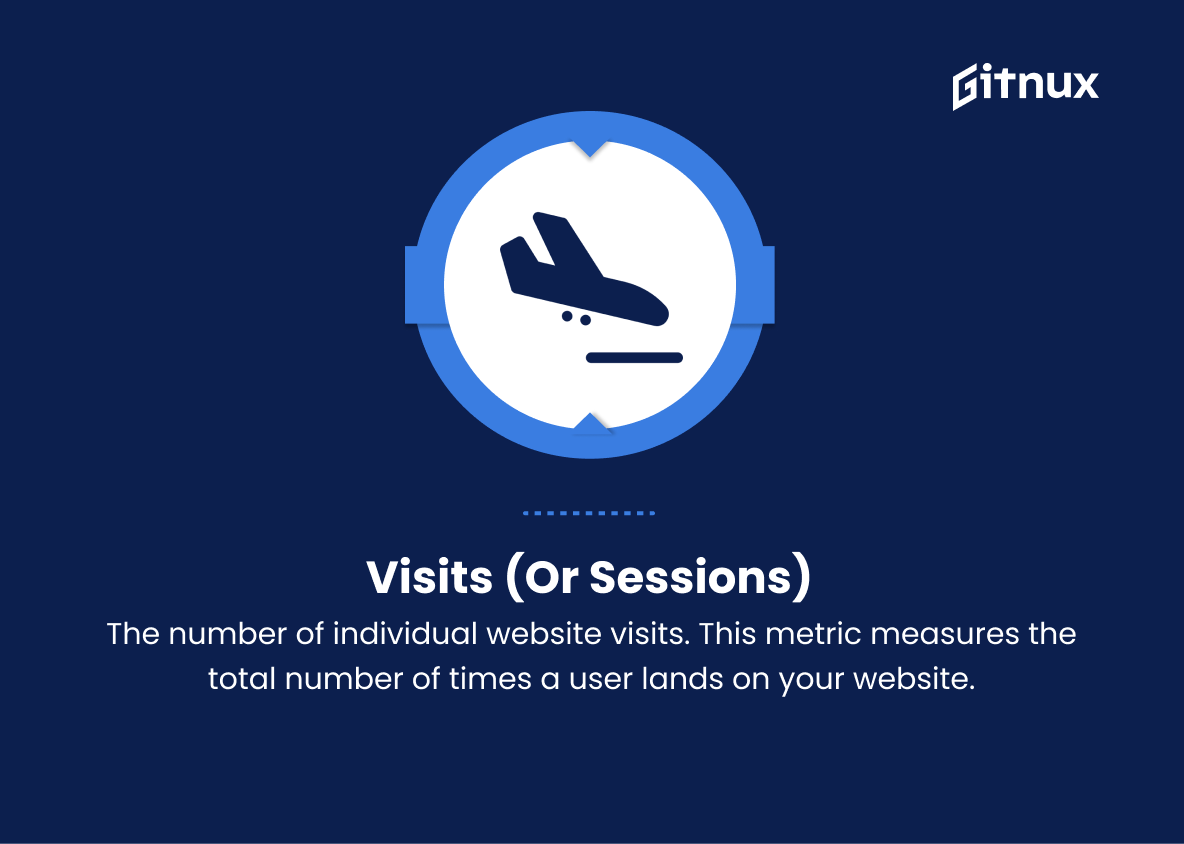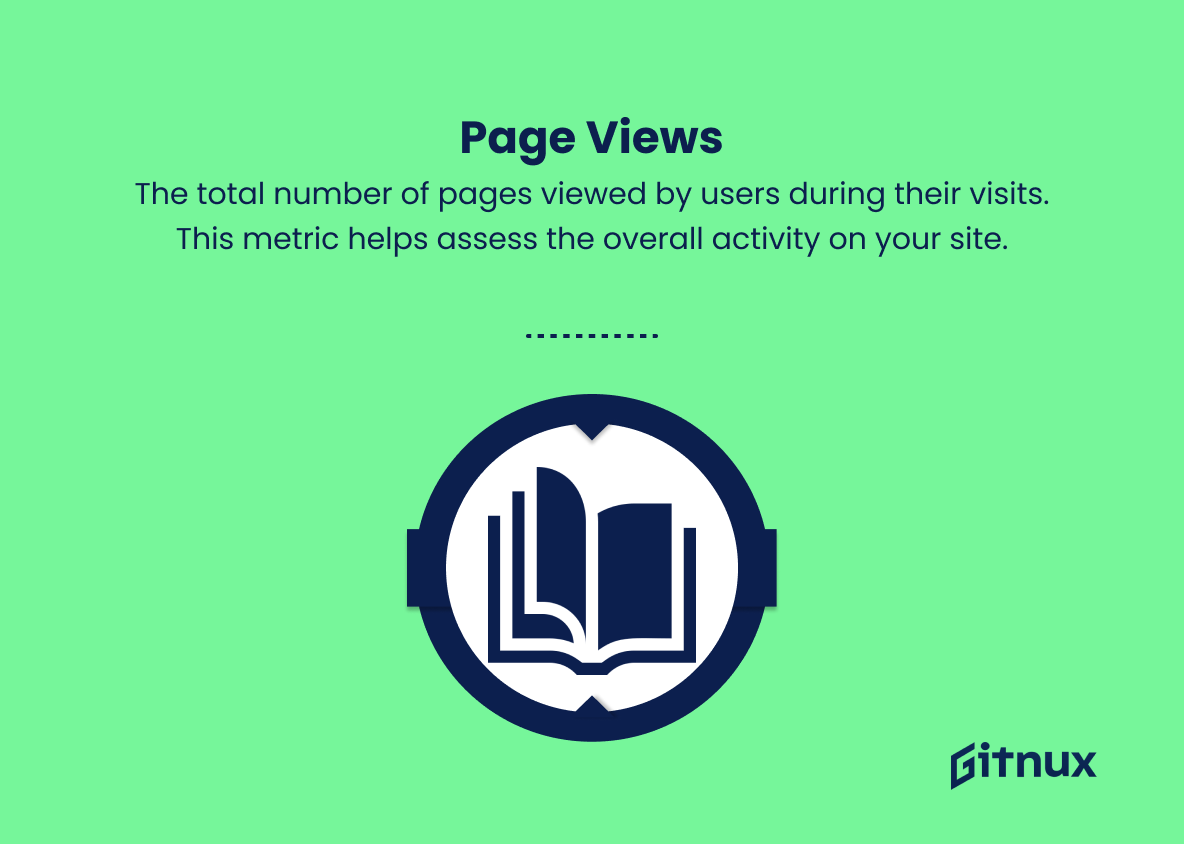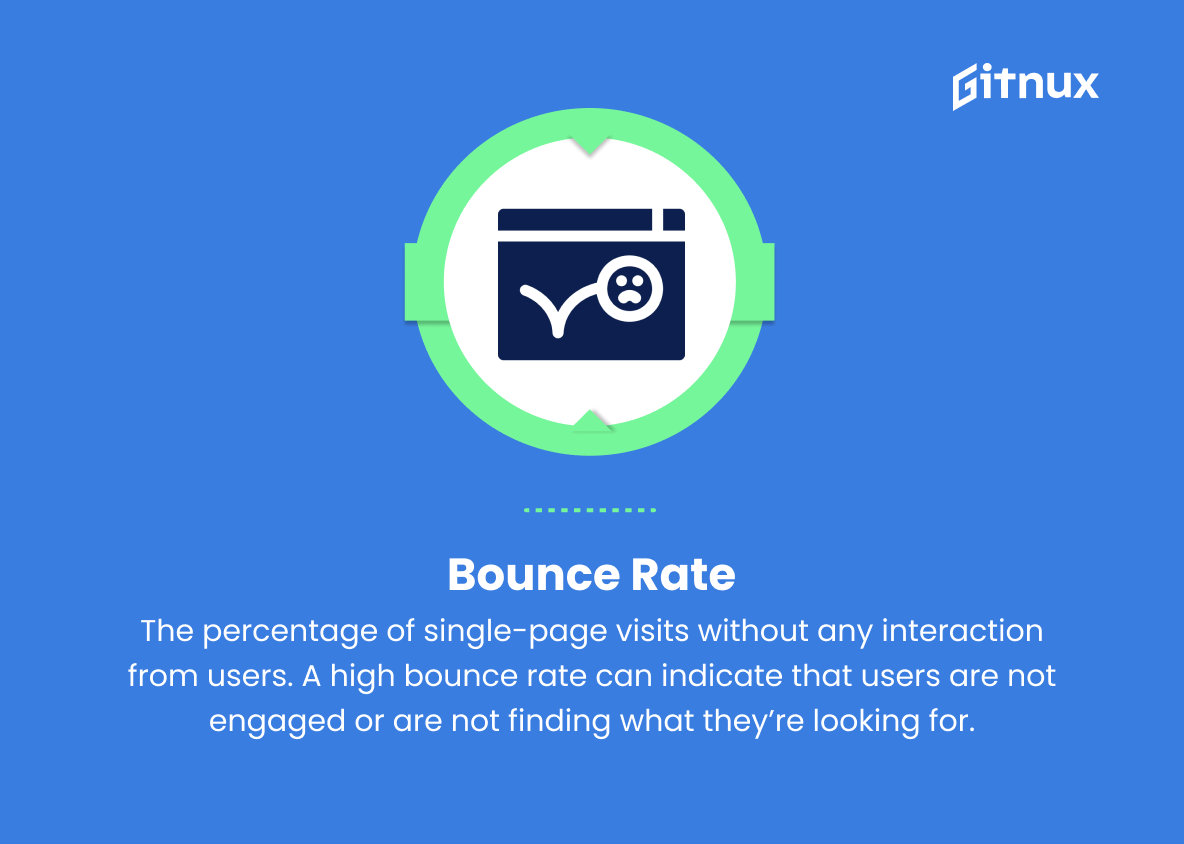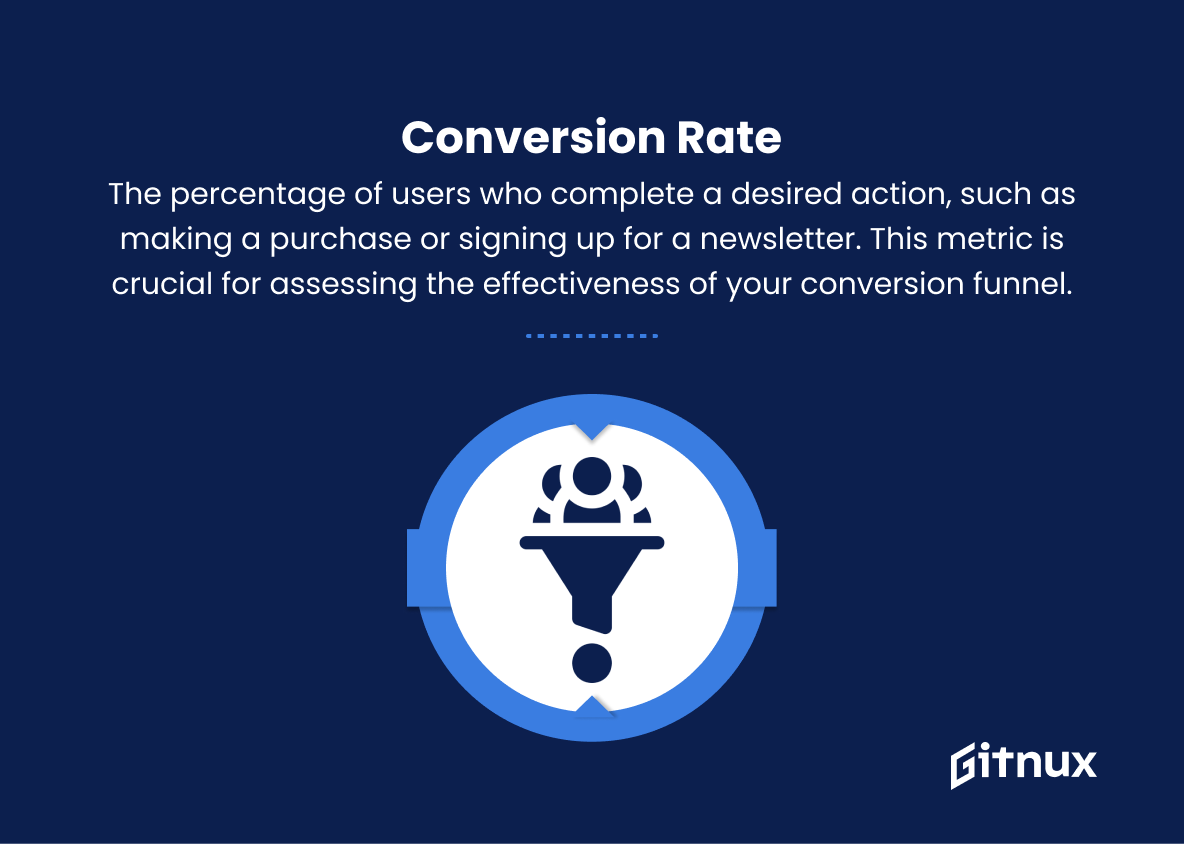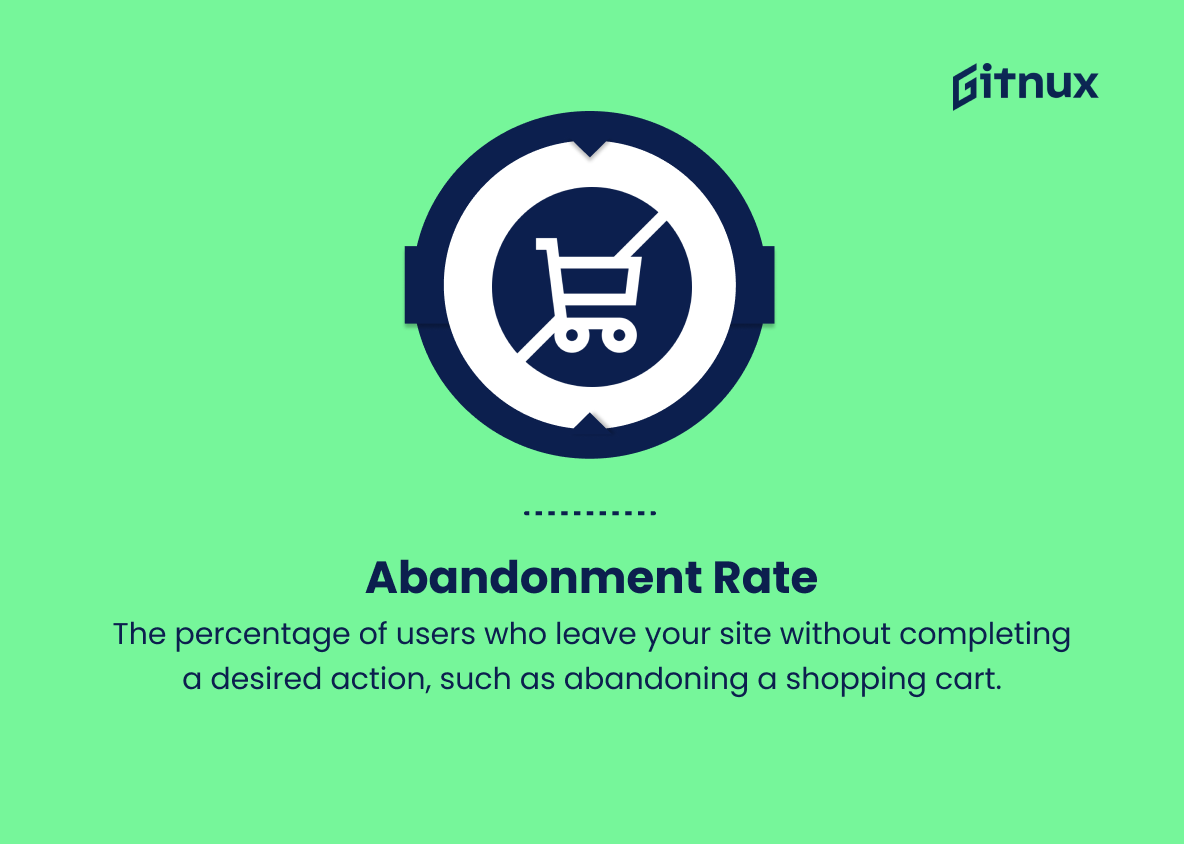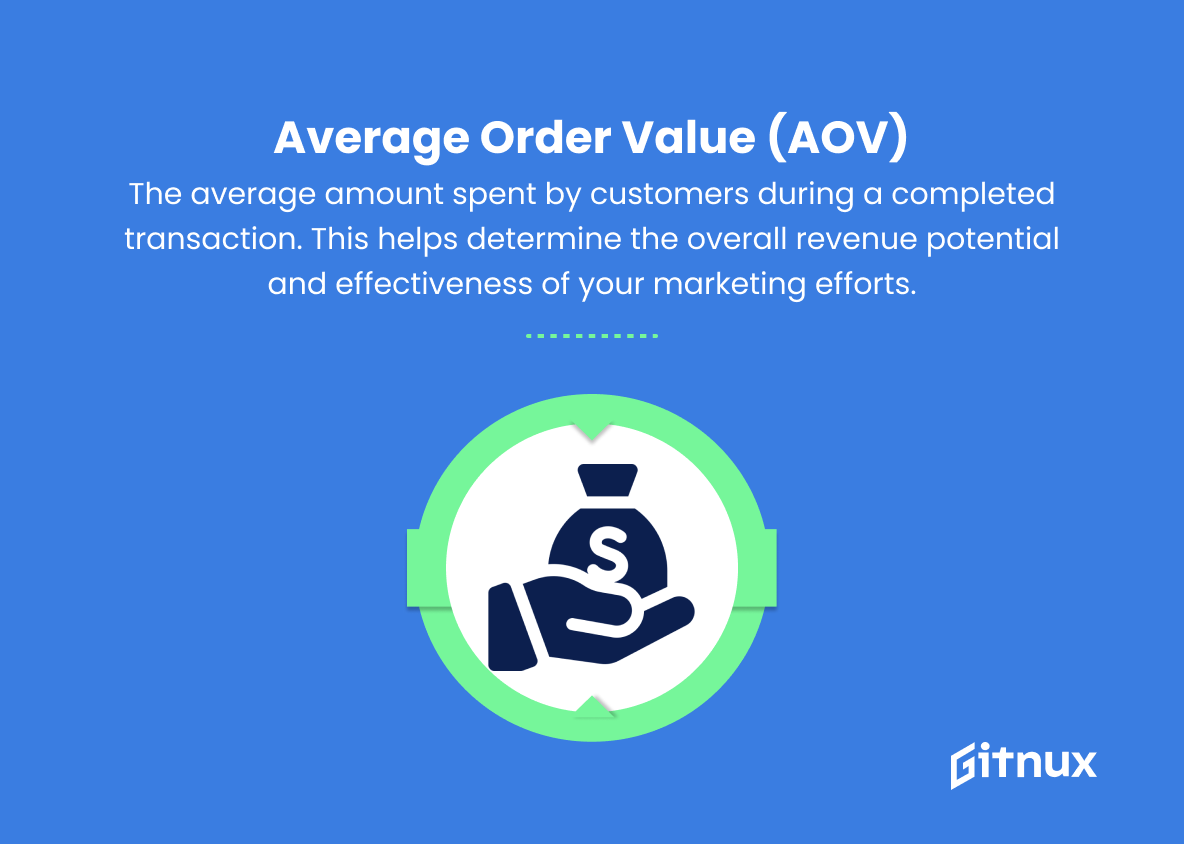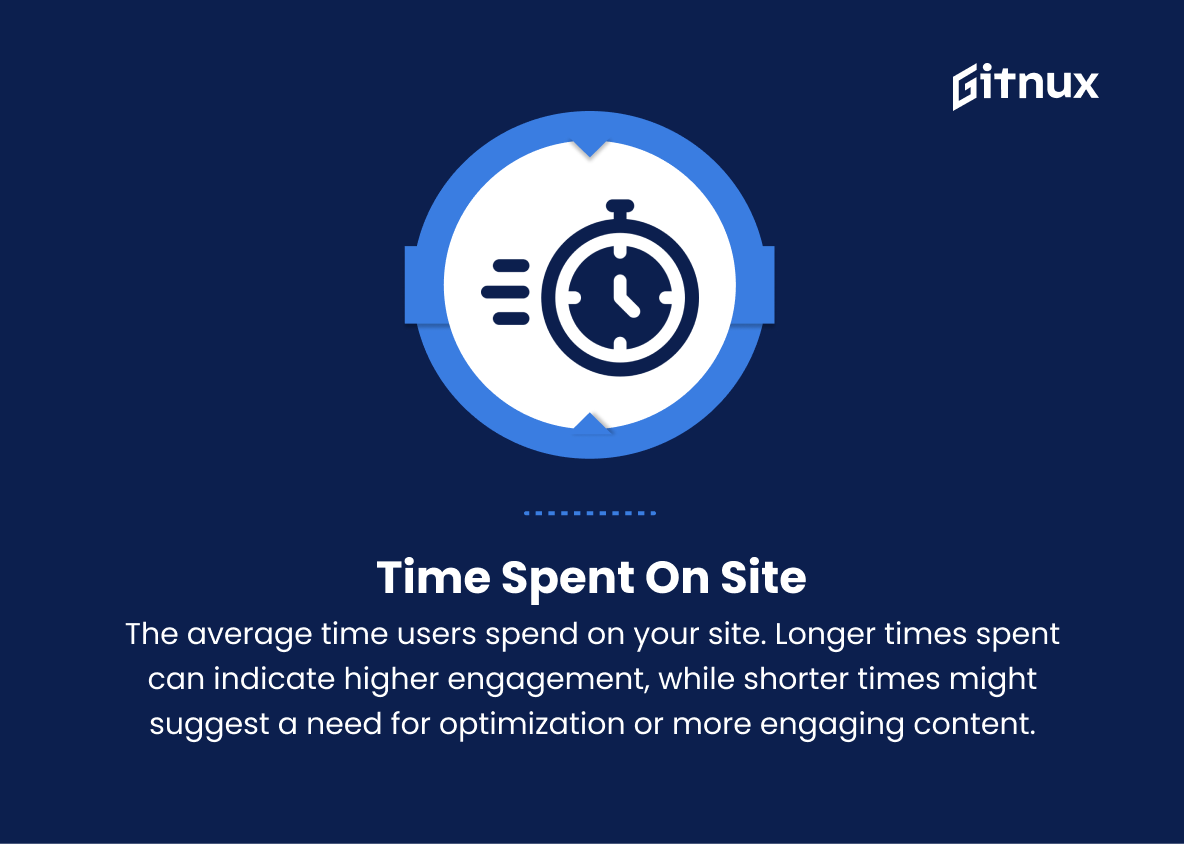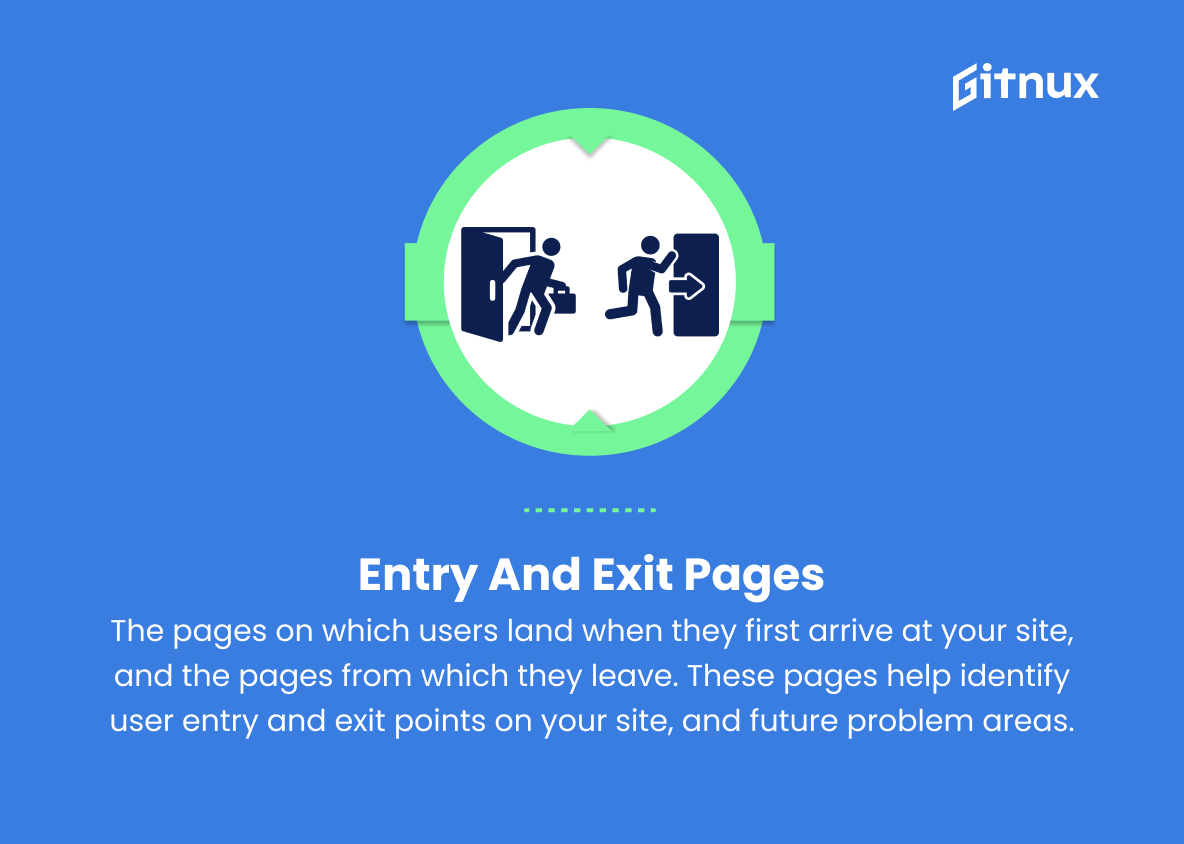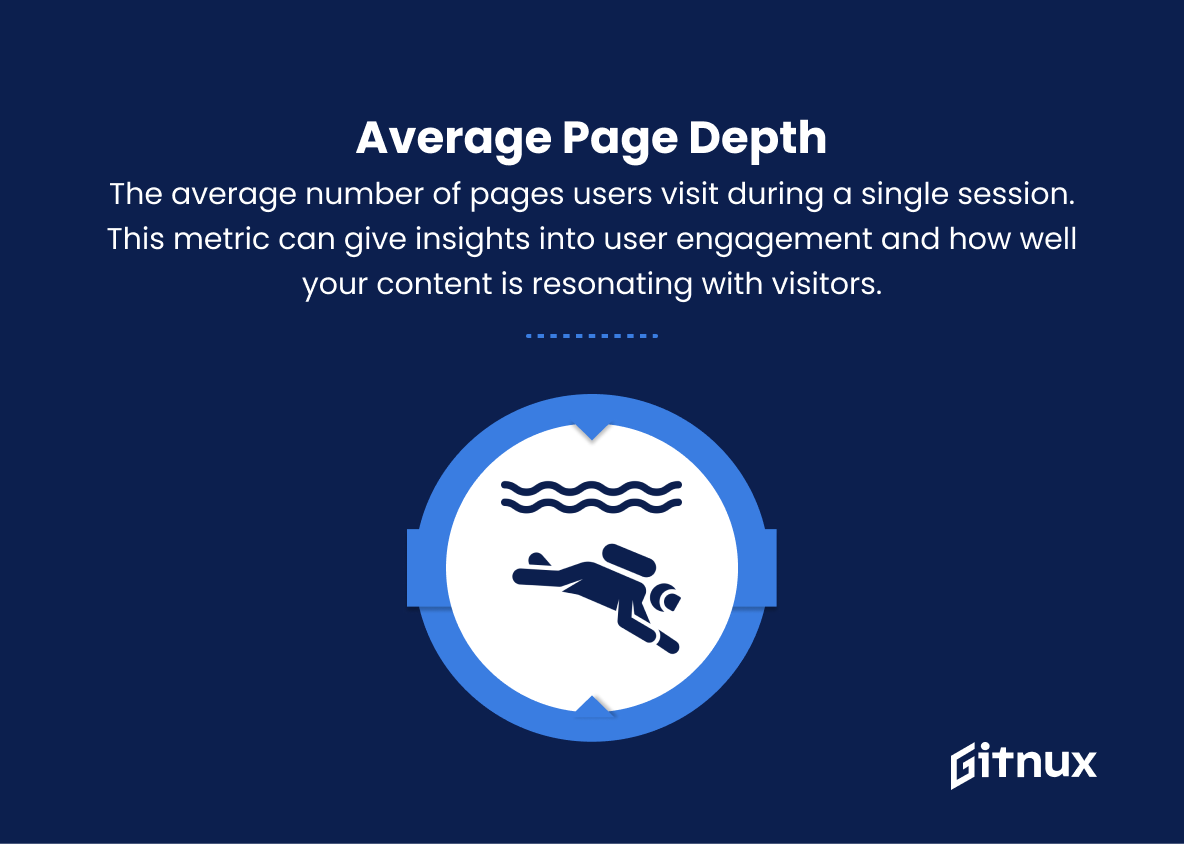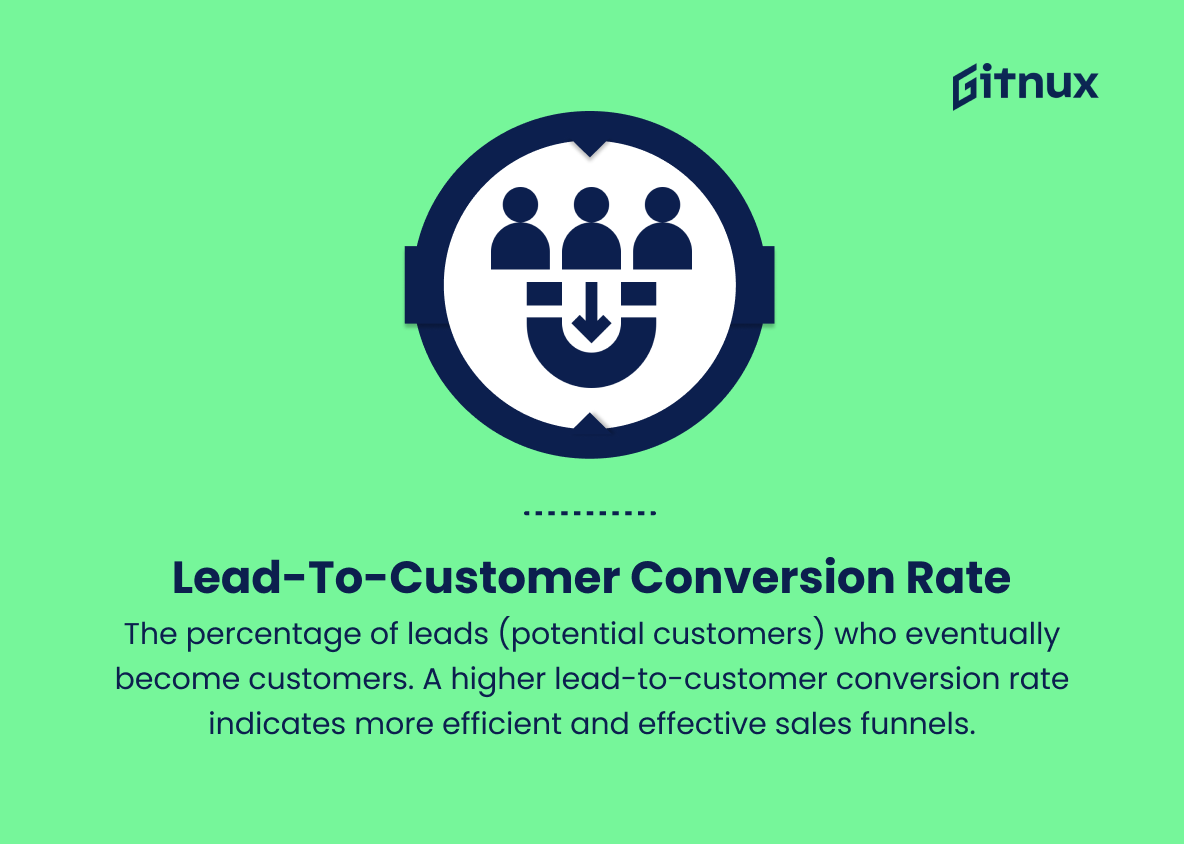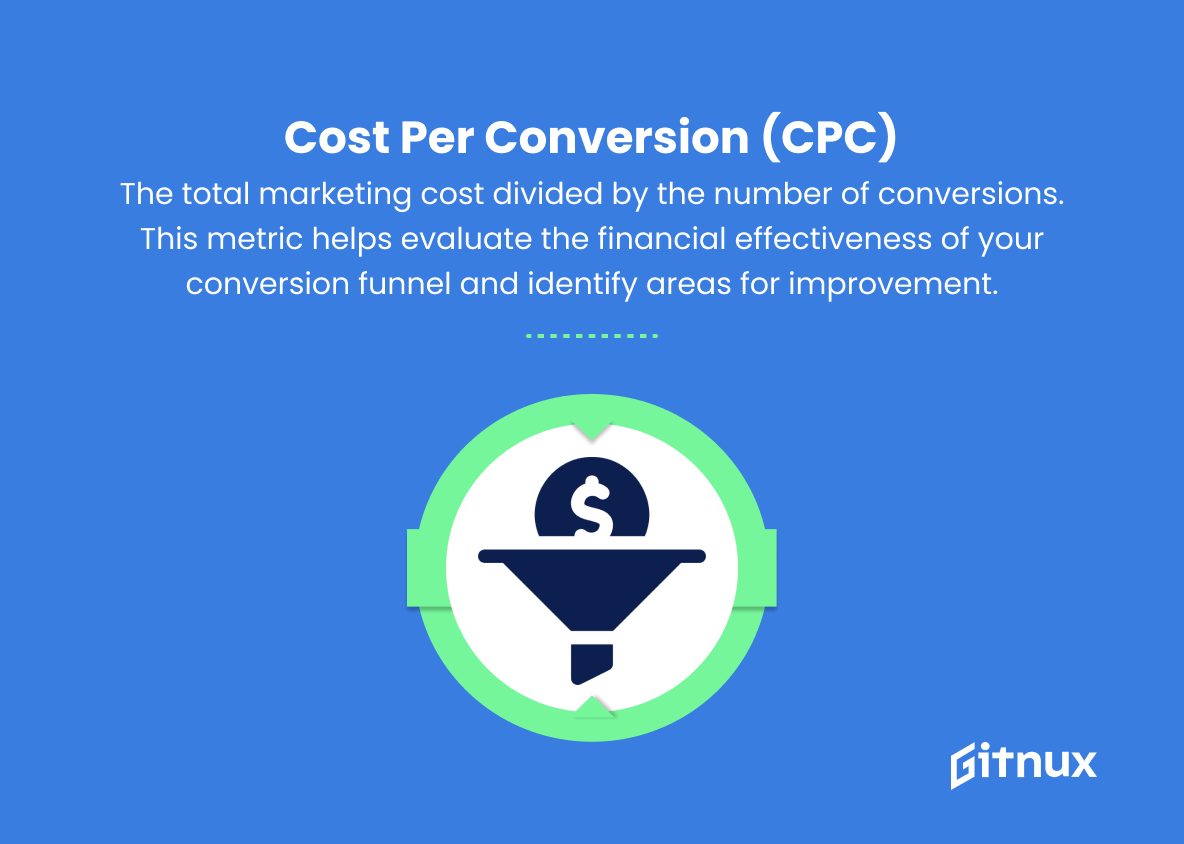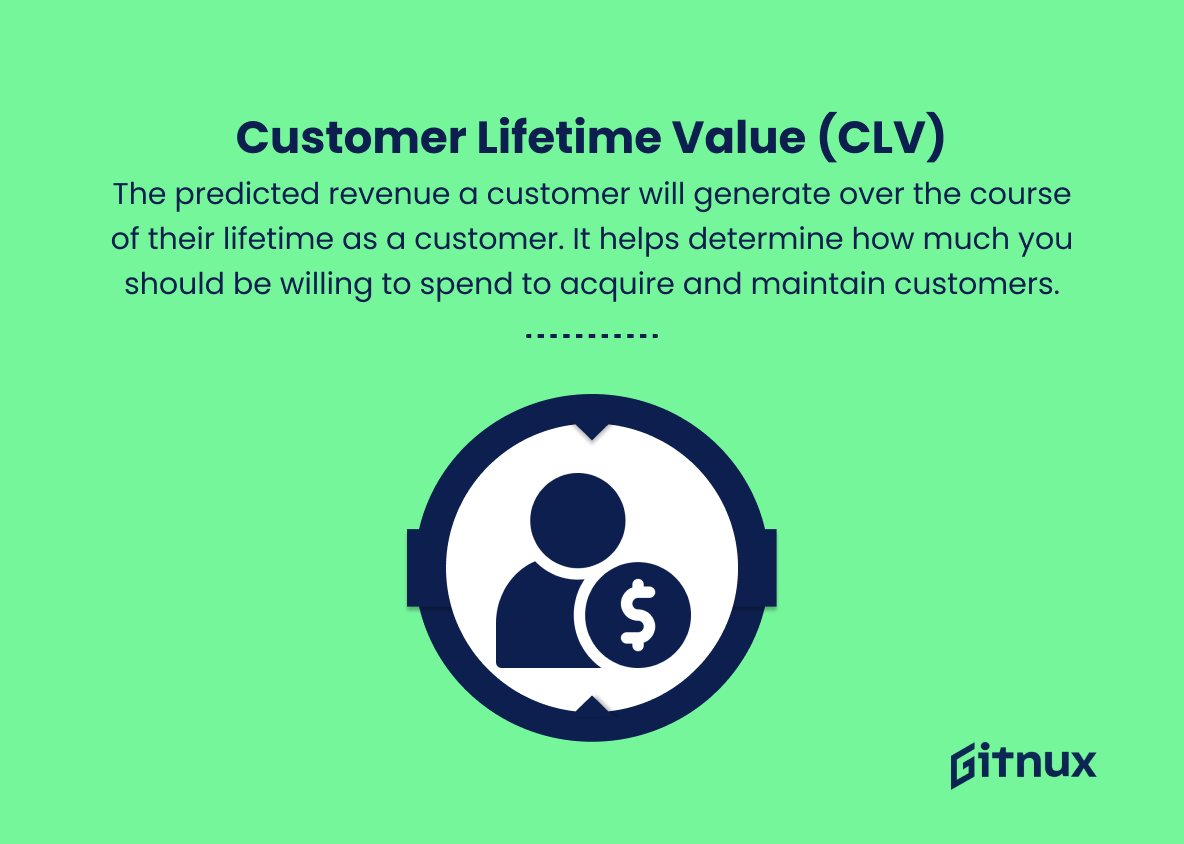In today’s highly competitive digital landscape, a deep understanding of conversion funnel metrics is crucial for any business seeking to optimize its online presence, drive growth, and ultimately, succeed. As a measuring stick for efficiency and efficacy, these critical data points enable stakeholders to identify potential pain points and devise tailored solutions for improving the user experience.
By mastering the art of funneling our audience through the customer journey, marketers can make more informed decisions and unlock their brand’s full potential. In this comprehensive blog post, we’ll delve into the world of conversion funnel metrics, examining the various key performance indicators, how to interpret and analyze these crucial insights, and how they can be harnessed to supercharge your marketing strategy.
Conversion Funnel Metrics You Should Know
1. Visits (or Sessions)
The number of individual website visits. This metric measures the total number of times a user lands on your website.
2. Page Views
The total number of pages viewed by users during their visits. This metric helps assess the overall activity on your site.
3. Bounce Rate
The percentage of single-page visits without any interaction from users. A high bounce rate can indicate that users are not engaged or are not finding what they’re looking for.
4. Conversion Rate
The percentage of users who complete a desired action, such as making a purchase or signing up for a newsletter. This metric is crucial for assessing the effectiveness of your conversion funnel.
5. Abandonment Rate
The percentage of users who leave your site without completing a desired action, such as abandoning a shopping cart. This metric can help identify areas of friction or issues within the conversion funnel.
6. Average Order Value (AOV)
The average amount spent by customers during a completed transaction. This helps determine the overall revenue potential and effectiveness of your marketing efforts.
7. Time spent on site
The average time users spend on your website. Longer times spent can indicate higher engagement, while shorter times might suggest a need for optimization or more engaging content.
8. Click-Through Rate (CTR)
The percentage of users who click on a specific link or call-to-action (CTA) compared to the total number who viewed it. Higher CTRs are indicative of successful marketing campaigns or website elements.
9. Entry and Exit Pages
The pages on which users land when they first arrive at your site, and the pages from which they leave. Analyzing these pages can help identify successful points of entry and exit, as well as potential problem areas.
10. Average Page Depth
The average number of pages users visit during a single session. This metric can give insights into user engagement and how well your content is resonating with visitors.
11. Lead-to-Customer Conversion Rate
The percentage of leads (potential customers) who eventually become customers. A higher lead-to-customer conversion rate indicates more efficient and effective sales funnels.
12. Cost per Conversion (CPC)
The total marketing cost divided by the number of conversions. This metric helps evaluate the financial effectiveness of your conversion funnel and identify areas for improvement.
13. Return on Investment (ROI)
The ratio between net profits and marketing costs. ROI is an essential metric for assessing the overall success of your marketing efforts and conversion funnel.
14. Customer Lifetime Value (CLV)
The predicted revenue a customer will generate over the course of their lifetime as a customer. This metric helps determine how much you should be willing to spend to acquire new customers and maintain existing relationships.
Conversion Funnel Metrics Explained
Conversion funnel metrics are essential for understanding the effectiveness of your website and marketing efforts. They provide insights into user behavior, engagement, and the ultimate success of your campaigns. Visits and Page Views measure overall activity on your site, while Bounce Rate and Conversion Rate indicate the user’s engagement and the success of your conversion funnel. Abandonment Rate helps identify problem areas, while Average Order Value and Time spent on site help gauge the overall effectiveness of your marketing efforts.
Click-Through Rate is critical for assessing the success of individual elements such as CTAs, and Entry and Exit Pages can identify strong and weak points on your site. Average Page Depth offers insights into user engagement, and Lead-to-Customer Conversion Rate helps evaluate the efficiency of your sales funnel. Cost per Conversion and Return on Investment are vital financial measures that determine your marketing effectiveness and areas for improvement.
Lastly, Customer Lifetime Value is a critical metric that helps you allocate resources properly between acquiring new customers and maintaining existing relationships. By continuously monitoring and analyzing these metrics, businesses can optimize their conversion funnels, enhance user experiences, and ultimately increase revenue.
Conclusion
In summary, understanding and optimizing conversion funnel metrics is paramount to the success of any digital marketing strategy. By carefully analyzing each stage of the funnel, marketers can pinpoint areas that require improvement and strategize about how best to engage with their target audience. As businesses continue to shift their focus towards delivering personalized, seamless experiences across multiple touchpoints, paying attention to these metrics will not only help them attract more potential customers but also ensure that they are converting them at a satisfactory rate.
Investment in continuous improvement will ultimately lead to stronger revenue growth and build lasting customer relationships. So, delve deep into your conversion funnel metrics, identify areas of inefficiencies and create a robust marketing strategy that will propel your business to its desired heights.
